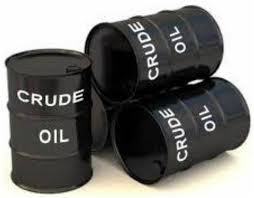For the third month running, the Organisation of Petroleum Exporting Countries (OPEC) has barely changed its forecast of global oil demand, predicting growth of 2.33 million barrels per day, or 2.3 per cent Y/Y growth, good for a very slight increase from its previous forecast of 2.32 million barrels per day. According to OPEC, strong growth in the Chinese market of 800,000 b/d is likely to be offset by downside risks elsewhere such as the U.S. debt ceiling.
“Minor upward adjustments were made due to the better than expected performance in China’s economy, while other regions are expected to see slight declines due to economic challenges that are likely to weigh on oil demand,” OPEC said in the report.
Over the past year, energy agencies have generally grown more bearish with their forecasts on oil demand growth.
The EIA’s latest growth prediction of a decline of 420,000 barrels per day (kb/d) in what experts refer to as the call on OPEC (i.e. global demand minus non-OPEC supply) in the current year, a level 1.87 million barrels per day (mb/d) lower than its July 2022 forecast.
Other agencies expect lackluster growth: Standard Chartered sees “the call” growing by just 63,000 b/d, 1.41mb/d less than its July 2022 forecast, while the International Energy Agency (IEA) expects growth of 400kb/d, 2.326mb/d below its July 2022 forecast.
The upshot of it all is that all four agencies at least expect some growth, though they can’t seem to come close to finding consensus on the magnitude.
At least one expert has predicted that oil demand will hit an all-time high in the current year. Commodity experts at StanChart have predicted that global oil demand will set a new all-time high of 102.24mb/d in August, surpassing the previous record of 102.2mb/d set in August 2019.
The bullish interpretation simply is that this is an all-time high; the bearish one is that it has taken no less than four years for global demand just to get back to the previous high.


